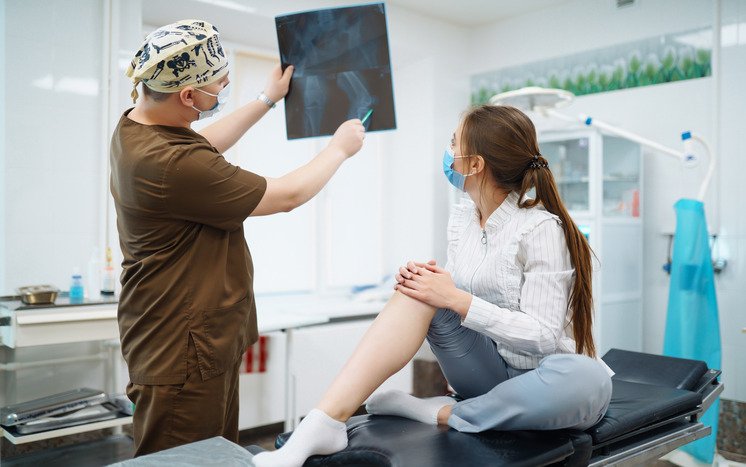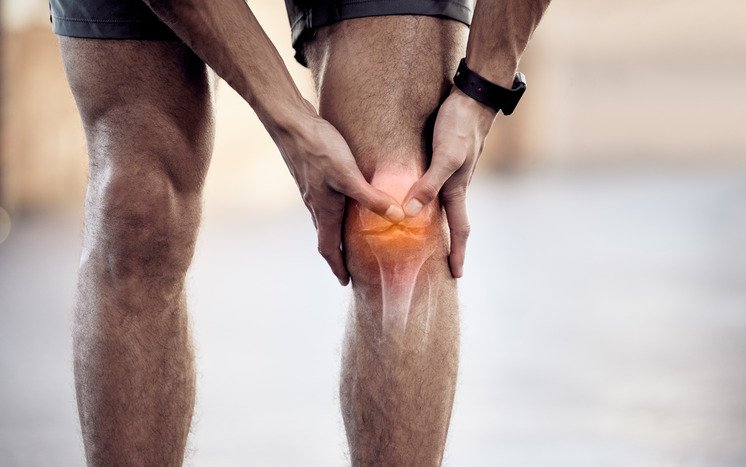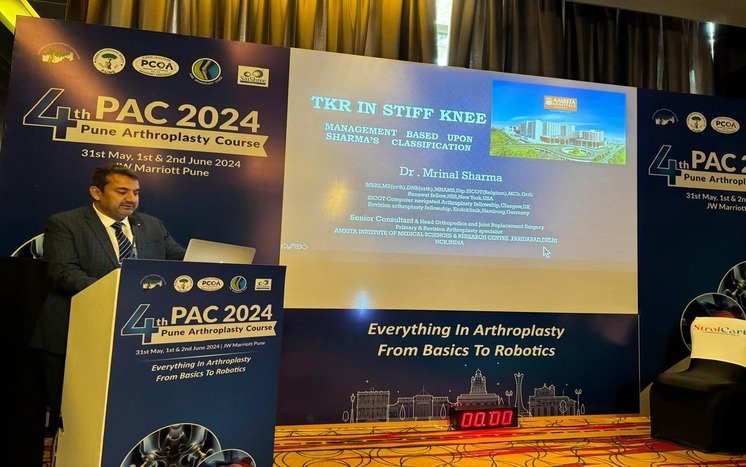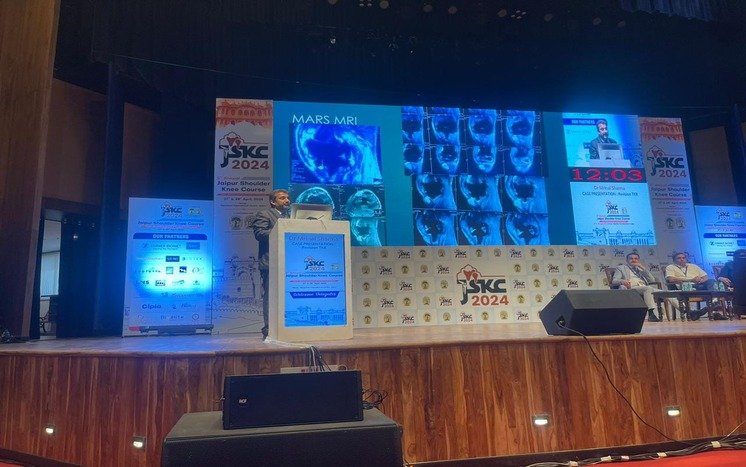
10:00am to 04:00pm (Mon to Sat) - Metro Hospital, Faridabad
06:00pm to 08:00pm (Mon to Sat) - Arthrocare Clinic, Noida
10:00am to 04:00pm (Mon to Sat) - Metro Hospital, Faridabad
06:00pm to 08:00pm (Mon to Sat) - Arthrocare Clinic, Noida
 November 16, 2023
November 16, 2023
Joint replacement surgery has come a long way since its inception, and recent technological advancements are reshaping the landscape of orthopedic procedures. These breakthroughs, ranging from robotics to 3D printing, are transforming the surgical process and improving outcomes, reducing recovery times, and providing new hope for those suffering from joint-related issues. In exploring the latest joint replacement technology, we delve into the revolutionary world of robotics, minimally invasive procedures, and 3D printing.
1. Robotic-Assisted Joint Replacement: Precision Redefined
The Marriage of Robotics and Orthopedics
Precision is paramount in the realm of joint replacement, and that’s where robotics is making a profound impact. Robotic-assisted joint replacement surgery combines the skill of a seasoned surgeon with the precision of robotic technology. This involves creating a 3D model of the patient’s joint, allowing surgeons to plan and execute the procedure with unprecedented accuracy.
Advantages of Robotic Assistance
One of the key advantages is the ability to make real-time adjustments during surgery based on the patient’s unique anatomy. This level of precision enhances implant placement, potentially leading to a more natural feel and improved functionality post-surgery. Moreover, the minimally invasive nature of robotic procedures often results in less trauma to surrounding tissues, reducing pain and expediting recovery.
Enhanced Patient Outcomes
Patients who undergo robotic-assisted joint replacement often experience quicker recoveries and shorter hospital stays. The reduced trauma to tissues and the ability to tailor the surgery to the individual’s anatomy contribute to improved outcomes, making this technology a game-changer in the field of joint replacement.

2. Minimally Invasive Procedures: Less Pain, Faster Recovery
The Evolution of Minimally Invasive Techniques
Traditional joint replacement surgeries often require long incisions and significant disruption of surrounding tissues. Minimally invasive procedures, on the other hand, involve smaller incisions, specialized instruments, and advanced imaging technologies to achieve the same results with less trauma.
Benefits of Minimally Invasive Surgery
One of the primary benefits of minimally invasive joint replacement is a quicker recovery. Smaller incisions mean less damage to muscles and tendons, resulting in reduced pain and faster rehabilitation. Patients may also experience less blood loss and a lower risk of infection, further enhancing the safety profile of these procedures.
Navigating the Joint with Precision
Surgeons using minimally invasive techniques often employ advanced imaging tools, such as fluoroscopy and arthroscopy, to navigate and visualize the joint during surgery. This real-time guidance allows for the precise placement of implants, contributing to improved overall outcomes.
3. 3D Printing: Tailored Solutions for Unique Anatomy
Customization through 3D Printing
3D printing technology has brought a new level of customization to joint replacement surgery. With this technique, implants can be precisely tailored to fit each patient’s unique anatomy. Whether it’s a hip, or Knee replacement, 3D printing allows for the creation of implants that match the patient’s joint contours with incredible accuracy.
Patient-Specific Implants
Traditional implants come in a limited range of sizes and shapes, often requiring the surgeon to adjust during surgery. 3D printing enables the production of patient-specific implants, reducing the need for intraoperative modifications and improving the longevity and functionality of the replacement.
Biocompatible Materials and Implant Integration
Beyond customization, 3D printing allows for biocompatible materials, enhancing the integration of implants with the patient’s natural bone. This reduces the risk of rejection and promotes long-term stability and functionality.
As we stand at the intersection of medicine and technology, the future of joint replacement looks incredibly promising. Integrating robotics, minimally invasive techniques, and 3D printing is revolutionizing how we approach these procedures. Patients can now benefit from surgeries that are more precise and less invasive, leading to quicker recoveries and improved long-term outcomes.
As with any medical advancement, it’s essential to acknowledge that these technologies are tools in the hands of skilled and experienced surgeons. The synergy between human expertise and technological innovation propels joint replacement surgery into a new era.
The ongoing research and development in this field suggest that we’ve only scratched the surface of what’s possible. As technology evolves, we can expect even more refined techniques, enhanced customization, and further improvements in patient outcomes. The journey toward pain-free, functional joints has never looked more promising.
Book an Appointment or Consult now with Dr. Mrinal Sharma for any knee/Joint replacement queries, Call now:- +91 9910969298




